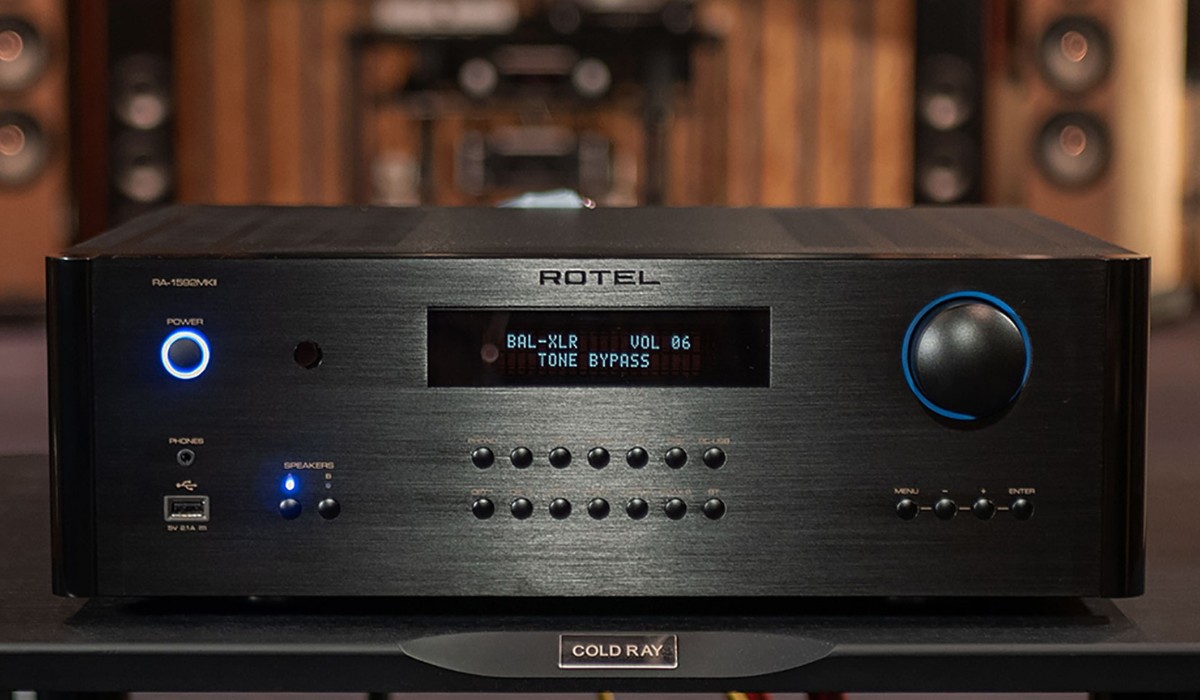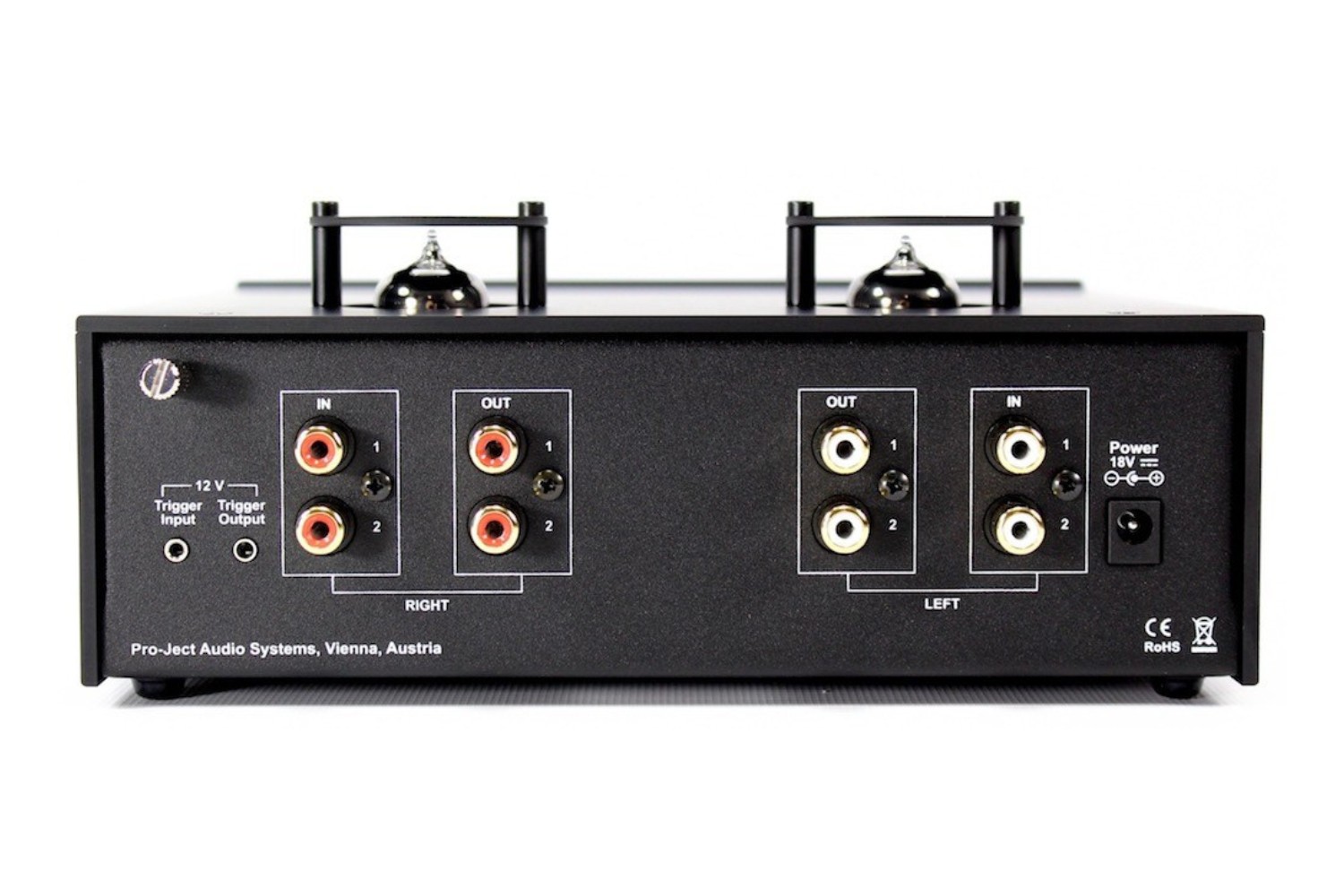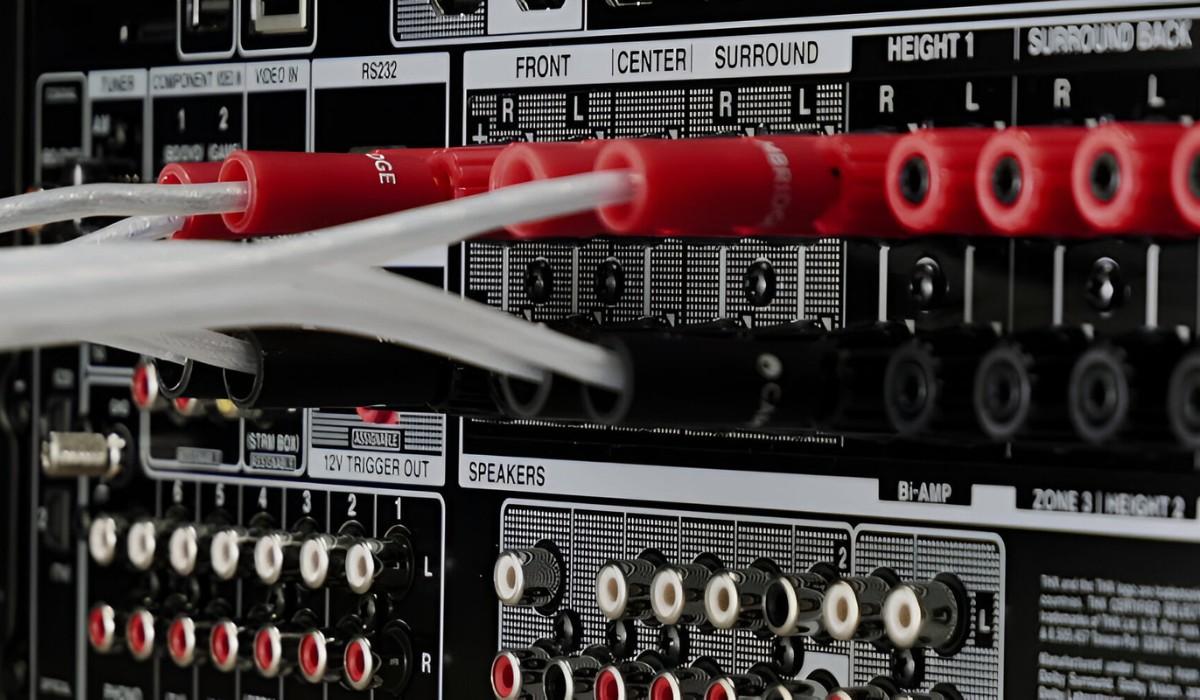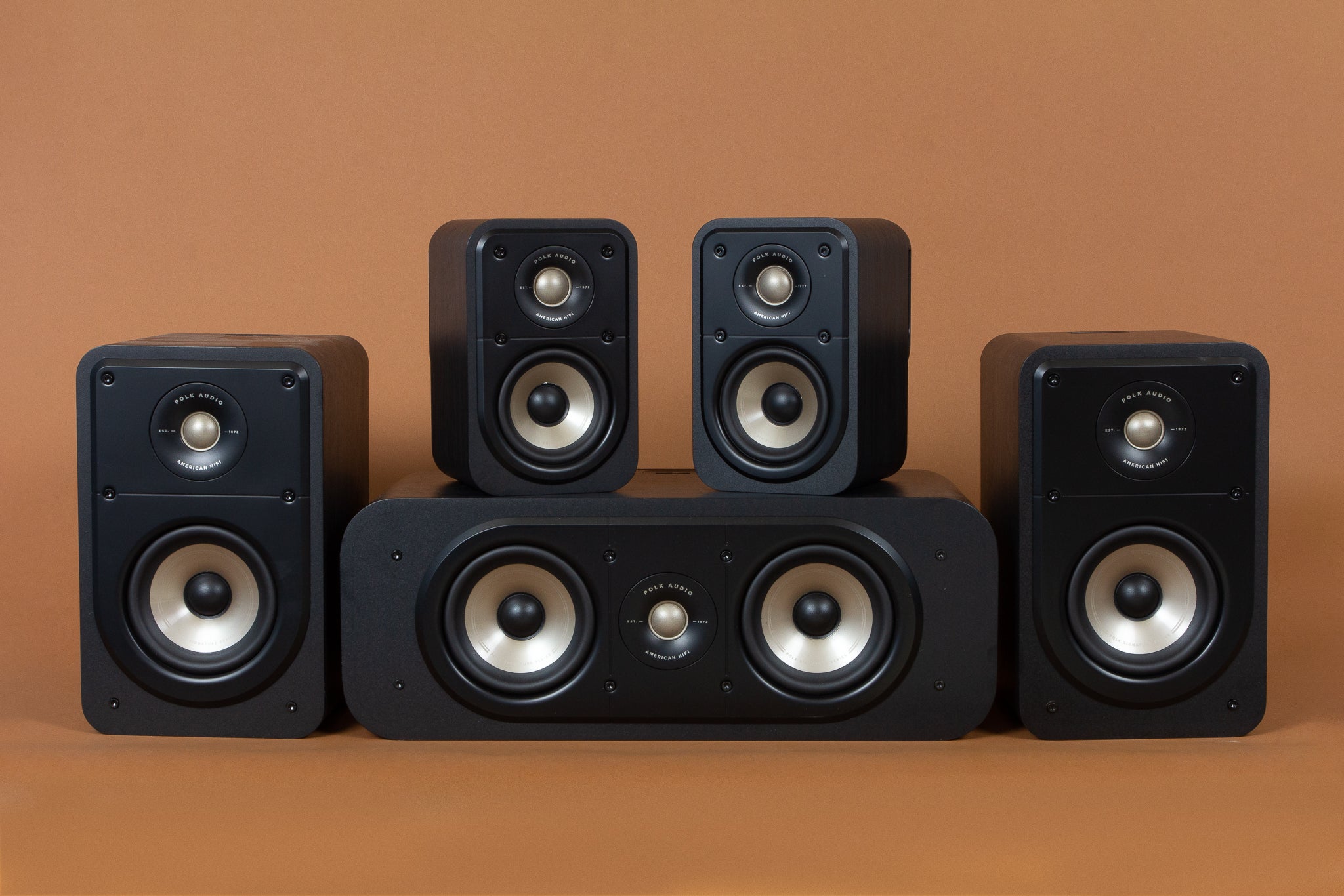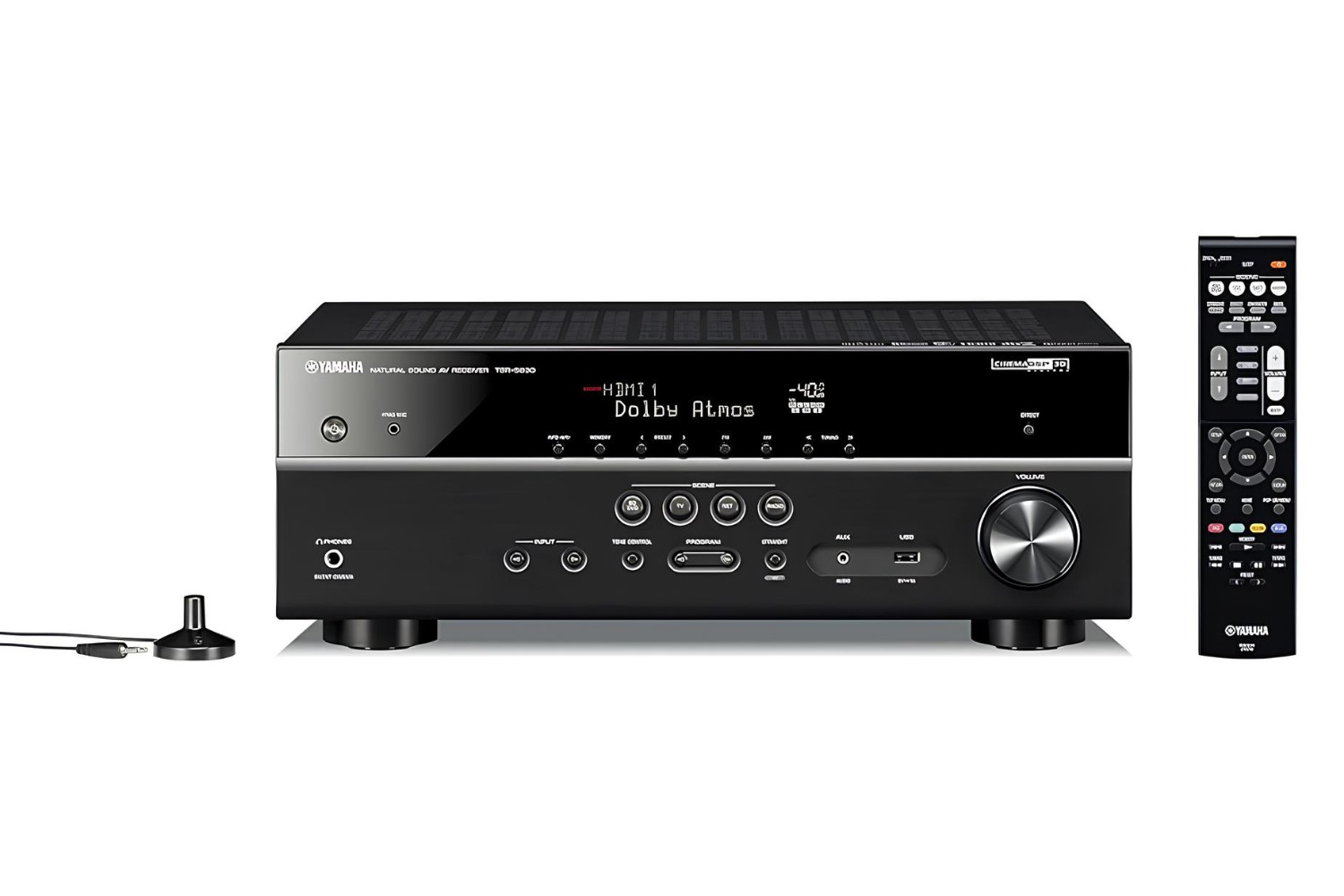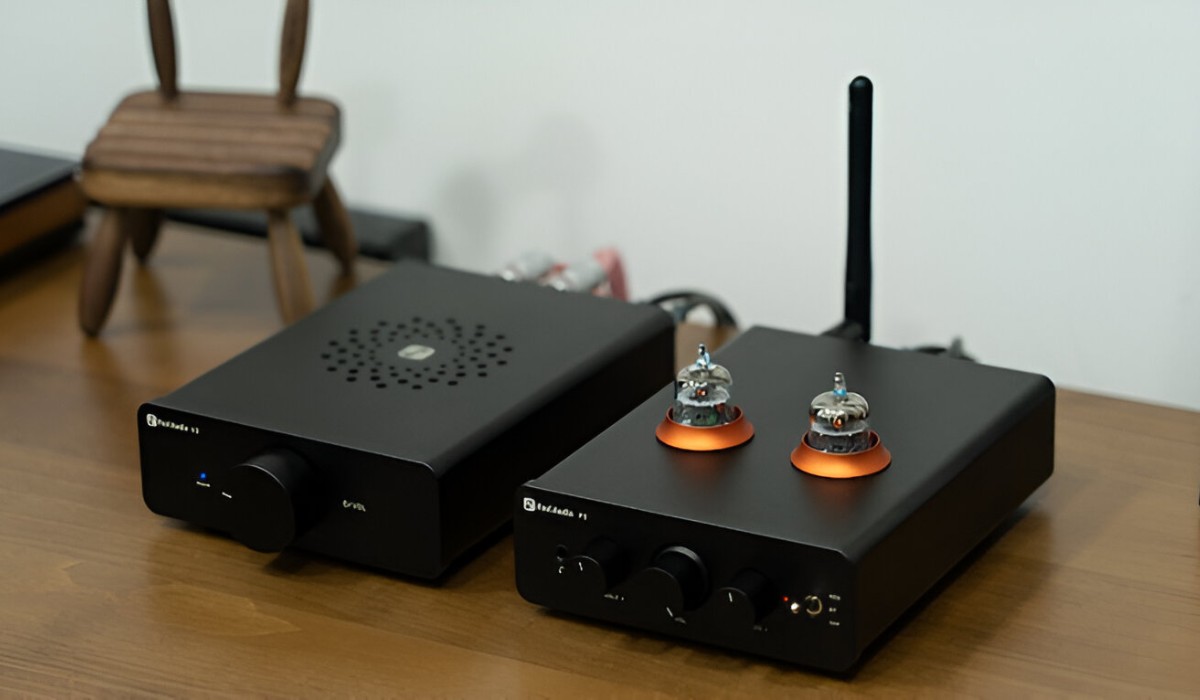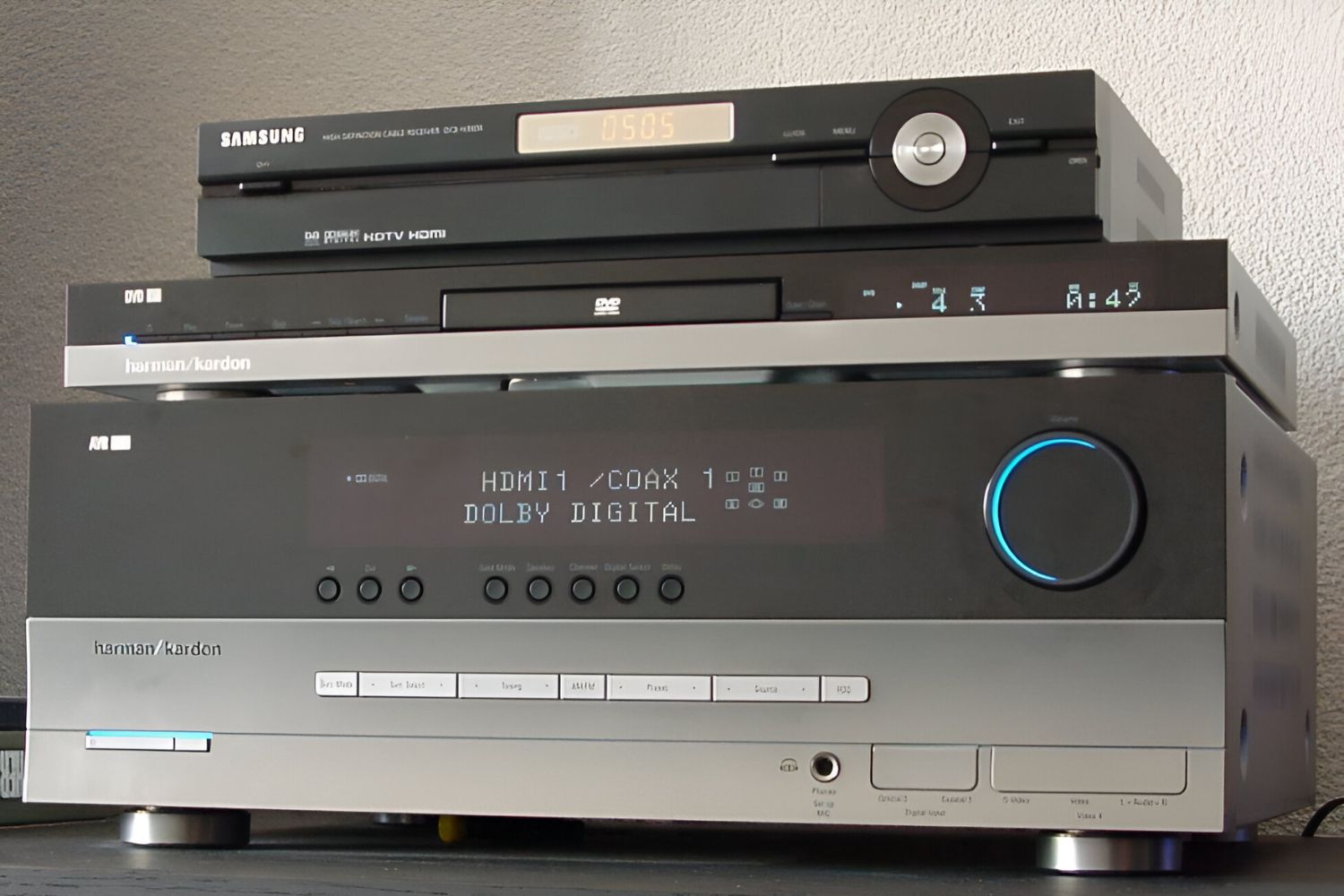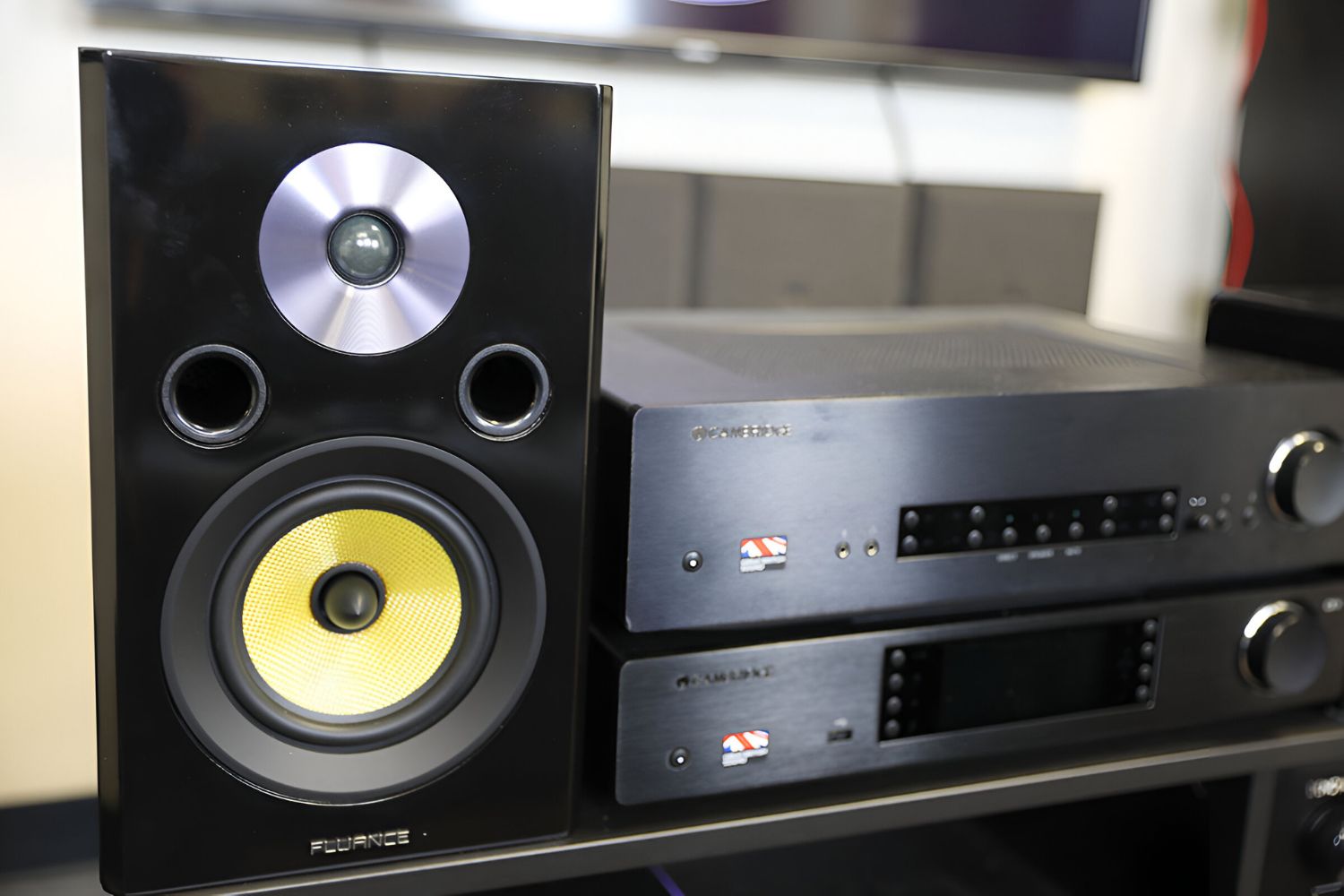Understanding Impedance
Understanding Impedance
Impedance is a crucial concept to comprehend when delving into the realm of audio-visual (AV) receivers. In the context of audio systems, impedance refers to the opposition that an electrical circuit presents to the flow of alternating current (AC). It is measured in ohms and plays a pivotal role in ensuring the efficient transfer of power from the receiver to the speakers.
Imagine impedance as a valve that regulates the flow of electrical current within a circuit. When the impedance is too high, it restricts the current, leading to a decrease in power delivered to the speakers. Conversely, if the impedance is too low, it can overload the amplifier, potentially causing damage. Therefore, achieving the optimal impedance matching between the AV receiver and the speakers is essential for ensuring the longevity and performance of the entire audio system.
Impedance is not a static value; it varies with frequency. This is particularly pertinent in the context of audio signals, which comprise a range of frequencies. As such, it is imperative to consider the nominal impedance, which indicates the average impedance over the frequency spectrum, when selecting speakers and amplifiers for an AV system.
Furthermore, understanding impedance involves recognizing the distinction between nominal and minimum impedance. While the nominal impedance represents the average impedance, the minimum impedance signifies the lowest point of impedance within the frequency range. This differentiation is crucial in selecting compatible speakers and amplifiers to prevent overloading and ensure optimal performance.
Moreover, impedance is intertwined with the concept of reactive components in electrical circuits. In the context of speakers, the impedance comprises both resistive (real) and reactive (complex) components. The reactive component, represented by the phase shift between voltage and current, influences the overall impedance and can impact the performance of the AV receiver and speakers.
By comprehending the intricacies of impedance, AV enthusiasts can make informed decisions when selecting speakers and amplifiers, facilitating the seamless integration and optimal performance of their audio systems.
Impedance Matching with AV Receivers
Impedance Matching with AV Receivers
Impedance matching is a critical consideration when connecting speakers to AV receivers. The goal of impedance matching is to ensure that the impedance of the speakers closely aligns with the output impedance of the receiver. This alignment facilitates the efficient transfer of power from the amplifier to the speakers, optimizing the performance of the audio system.
When the impedance of the speakers significantly deviates from the output impedance of the receiver, it can lead to impedance mismatch, potentially causing detrimental effects on the audio quality and the components themselves. For instance, if the speaker impedance is lower than the receiver’s output impedance, it can strain the amplifier, resulting in overheating and distortion. Conversely, if the speaker impedance is higher than the output impedance, it can diminish the power delivered to the speakers, compromising the overall sound quality.
One common approach to impedance matching involves ensuring that the nominal impedance of the speakers matches the output impedance of the receiver. However, it is essential to note that an exact match is not always feasible due to the dynamic nature of speaker impedance across the frequency spectrum. As such, a general rule of thumb is to maintain a reasonable impedance range that aligns with the receiver’s capabilities, typically within 4-16 ohms for most AV receivers.
Moreover, some AV receivers feature impedance selector switches, allowing users to adjust the output impedance to better suit the connected speakers. This flexibility enables users to fine-tune the impedance matching, enhancing the compatibility and performance of the audio system.
Furthermore, bi-wiring and bi-amping configurations can influence impedance matching by altering the electrical connections between the receiver and speakers. Bi-wiring involves using separate cables for the high and low-frequency drivers of a speaker, while bi-amping utilizes separate amplifiers for these drivers. These configurations can impact impedance matching and should be considered when optimizing the audio system’s performance.
By prioritizing impedance matching, AV enthusiasts can mitigate potential issues related to power transfer and audio quality, fostering an immersive and high-fidelity listening experience.
Power Output and Its Relationship with Impedance
Power Output and Its Relationship with Impedance
The power output of an AV receiver is intricately linked to the impedance of the connected speakers. Power output, measured in watts, signifies the amount of electrical energy that the amplifier can deliver to the speakers. When considering the relationship between power output and impedance, several key factors come into play.
Firstly, the impedance of the speakers directly impacts the power output of the AV receiver. In general, when the impedance of the speakers is lower, the amplifier is required to deliver more current to maintain the same power output. Conversely, higher speaker impedance demands less current from the amplifier to achieve the same power output. Therefore, understanding the impedance of the speakers is crucial for determining the appropriate power output capability required from the AV receiver.
Moreover, the power output of the AV receiver should align with the impedance of the speakers to ensure optimal performance. When the impedance of the speakers deviates significantly from the recommended range for the receiver, it can lead to inefficient power transfer and potentially compromise the quality of the audio output. As such, selecting speakers with an impedance range that is compatible with the power output capabilities of the AV receiver is essential for achieving an optimal listening experience.
Furthermore, it is important to consider the dynamic nature of impedance across the frequency spectrum when evaluating the power output requirements. Speakers exhibit varying impedance levels at different frequencies, and the AV receiver should possess the capability to accommodate these fluctuations to deliver consistent and accurate power output across the entire audio range.
Additionally, the relationship between power output and impedance underscores the significance of amplifier stability. When driving speakers with lower impedance, the amplifier must be capable of providing sufficient current without overheating or entering into protection mode. Conversely, with higher impedance speakers, the amplifier should be able to deliver the required power without being underutilized, ensuring efficient energy utilization.
By recognizing the interplay between power output and speaker impedance, AV enthusiasts can make informed decisions when selecting both the AV receiver and speakers, fostering a harmonious integration that optimizes power delivery and enhances the overall audio performance.
Impedance and Speaker Selection for AV Receivers
Impedance and Speaker Selection for AV Receivers
When selecting speakers for an AV receiver, considering impedance is paramount to ensure compatibility and optimal performance. The impedance of the speakers directly influences how the AV receiver delivers power, making it a crucial factor in speaker selection.
One fundamental consideration in speaker selection is matching the impedance of the speakers with the recommended impedance range of the AV receiver. Most AV receivers are designed to work optimally with speakers within a specific impedance range, typically between 4 to 16 ohms. Deviating significantly from this range can lead to impedance mismatch, potentially affecting the audio quality and placing undue stress on the amplifier.
Furthermore, understanding the power handling capabilities of the speakers in relation to impedance is vital. Speakers with lower impedance ratings may demand more power from the AV receiver to achieve the desired volume levels, potentially pushing the amplifier to its limits. Conversely, speakers with higher impedance ratings may require less power, but the AV receiver should still be capable of driving them effectively to deliver a satisfying listening experience.
Moreover, considering the nominal and minimum impedance ratings of the speakers is essential in ensuring compatibility with the AV receiver. The nominal impedance provides an average value of the speaker’s impedance across the frequency spectrum, while the minimum impedance signifies the lowest point of impedance. This information aids in selecting speakers that align with the capabilities of the AV receiver, preventing impedance-related issues and optimizing performance.
Additionally, the sensitivity of the speakers, measured in decibels (dB), should be taken into account when evaluating impedance and speaker selection. Speakers with higher sensitivity can produce louder volumes with less power, potentially influencing the power output requirements and impedance matching with the AV receiver.
Furthermore, the type of amplifier circuitry in the AV receiver, such as solid-state or tube amplifiers, can impact impedance compatibility with speakers. Different amplifier designs may exhibit varying responses to speaker impedance, influencing the overall performance and sound characteristics of the audio system.
By meticulously considering impedance and its implications on speaker selection, AV enthusiasts can curate an audio system that harmoniously integrates the AV receiver and speakers, ensuring optimal performance, longevity, and a captivating listening experience.







